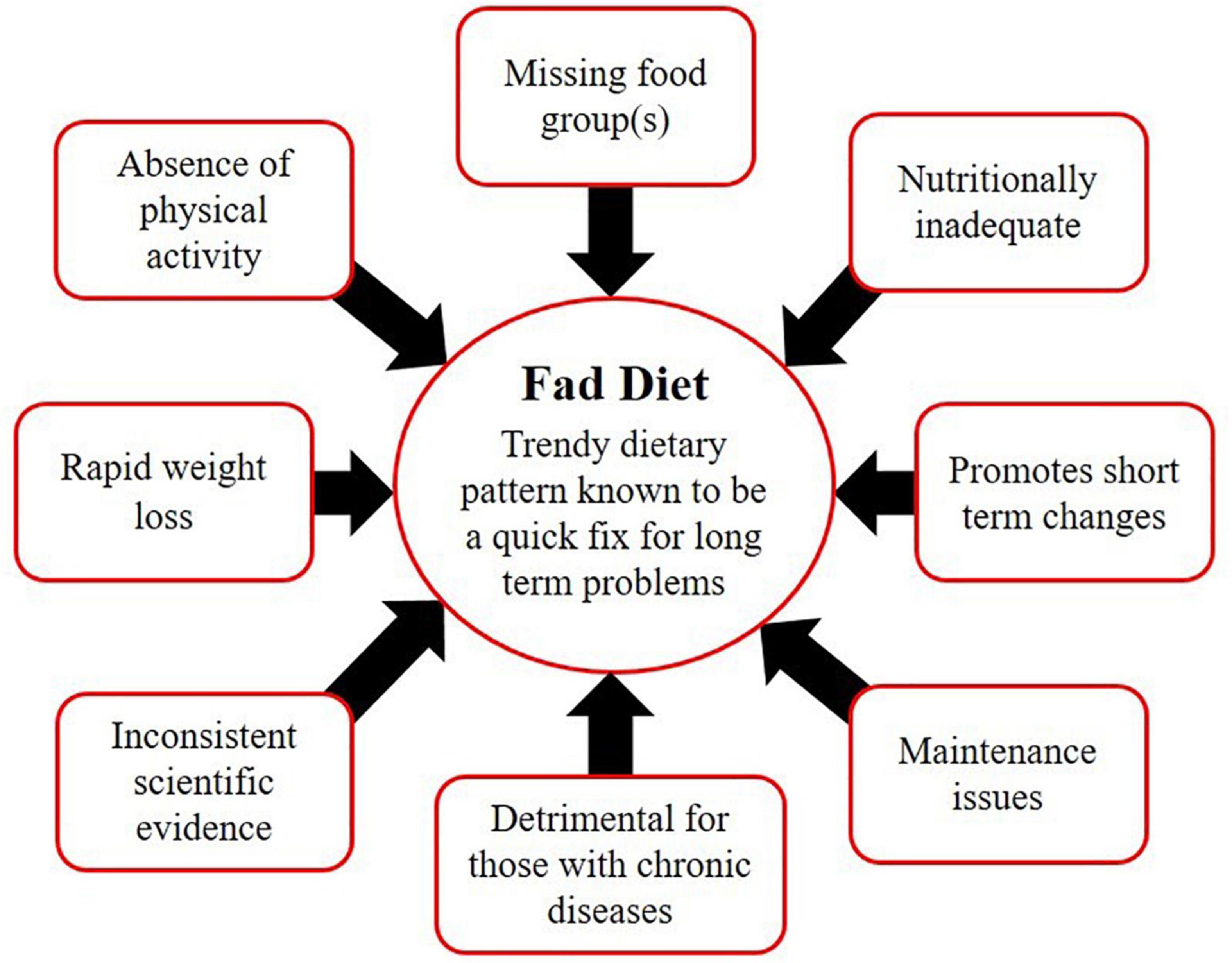
If you're looking to heal your body naturally, then you have likely heard of plant-based therapy. Plant-based healing has many benefits, but you need to be aware of its limitations. This article discusses important aspects of whole food diets, such as sources of protein and other health benefits.
Whole food diets
The diets based on whole foods for plant -based healing focus on foods that are naturally anti-inflammatory and high in phytonutrients. While they don't completely exclude animal products, they do minimize them. You should also eat lots of whole grains, vegetables, and fruits.
Research has shown that whole food diets for healing are beneficial for both the body and the mind. They are beneficial in the prevention and treatment chronic lifestyle diseases. A large proportion of Americans are affected by chronic health conditions.

Sources of protein
A plant-based diet requires a variety of protein sources. Many plant-based protein sources contain high levels of fiber, vitamins, and minerals. Be aware of your protein goals and choose a protein source that is plant-based. You will find some sources of protein easier to digest than others.
As the world grows, plant-based protein sources are becoming more popular. Plant-based diets offer many benefits. They can lower your risk of getting heart disease and type 2 diabetes. In addition to contributing to global warming and the destruction terrestrial biodiversity, animal-based proteins are also harmful.
Health benefits
Plant-based healing is an effective way to manage chronic inflammation. It has been linked with a variety of health conditions. Plant-based diets are rich in phytochemicals and antioxidants which improve the immune system. They also neutralize harmful toxins. Chronic inflammation can cause damage to body cells and lead to inflammatory diseases like arthritis and cancer.
Many of the benefits of a plant-based diet are well-known. One of the benefits of a plant-based diet is its ability to lower cholesterol, and reduce the body's intake of saturated fat. Plant foods are a great way for people to lower cholesterol and maintain good heart health. Plant-based diets are also less harmful to the environment.

Limitations
Traditional use of medicinal herbs has many limitations. The World Health Organization estimates that two billion people are heavily reliant on these plants, but these numbers are subject to considerable uncertainty. However, they do indicate that medicinal plants play a critical role in many people's lives, in both developing and developed countries.
Health is influenced by the microbial makeup of the gut. For example, it has been suggested that a healthy gut microbiome is related to healthy ageing. Studies have also shown that eating a plant-based diet can impact brain function. However, the mechanisms behind this effect are still unclear. This could lead to altered cognitive abilities and systemic metabolic pathways.
FAQ
How to measure body fat?
A Body Fat Analyzer can be used to measure body fat. These devices measure the body fat percentage in people who wish to lose weight.
What is the difference of a virus from a bacteria?
A virus is an organism microscopic that can't reproduce outside its host cells. A bacterium is an organism that splits itself in two. Viruses are small, around 20 nanometers in size. Bacteria are much larger, at 1 micron.
Viruses are usually spread through contact with infected bodily fluids, including saliva, urine, semen, vaginal secretions, pus, and feces. Bacteria can be spread by direct contact with infected objects and surfaces.
Viruses can get into our bodies through cuts and scrapes on the skin, bites or other injuries. They can also penetrate the nose, lips, eyes and ears, vagina,rectum, or anus.
Bacteria can enter the body through cuts, scrapes burns and other injuries to the skin. They can also be introduced to our bodies by food, water and soil.
Both bacteria and viruses cause illness. Viruses cannot multiply in their host cells. So they only cause illnesses when they infect living cells.
Bacteria can spread within the host and cause illness. They can infiltrate other parts of the body. That's why we need antibiotics to kill them.
How can my blood pressure be controlled?
Find out the causes of high blood pressure first. Next, take steps that will reduce the risk. This could be as simple as eating less salt, losing weight (if necessary), or even taking medication.
Make sure you're getting enough exercise. Try walking if you don’t find the time.
If you are unhappy about how much exercise you do, you might consider joining a fitness club. It's likely that you will want to join a gym with other people who are working towards the same goals as you. It is easier to adhere to a fitness routine when someone else will be there with you.
How often should I exercise
Exercise is essential for maintaining a healthy lifestyle. There is no set time limit for exercising. Find something you like and stay with it.
If you exercise three times a week then aim for 20-30 mins of moderate intensity. Moderate intensity means that you will still be working hard even after your workout is over. This type of exercise burns approximately 300 calories.
For those who prefer to walk, you can go for 10-minute walks four times a week. Walking is low-impact, easy on the joints, and it's very gentle.
Jogging for 15 minutes three days a week is a good option if you prefer to run. Running can help you burn calories and to tone your muscles.
Start slowly if you aren't used to doing exercise. Begin by doing 5 minutes of cardio each day, a few times per week. Gradually increase the time you do cardio until your goal is reached.
Statistics
- In both adults and children, the intake of free sugars should be reduced to less than 10% of total energy intake. (who.int)
- The Dietary Guidelines for Americans recommend keeping added sugar intake below 10% of your daily calorie intake, while the World Health Organization recommends slashing added sugars to 5% or less of your daily calories for optimal health (59Trusted (healthline.com)
- WHO recommends consuming less than 5% of total energy intake for additional health benefits. (who.int)
- According to the Physical Activity Guidelines for Americans, we should strive for at least 150 minutes of moderate intensity activity each week (54Trusted Source Smoking, harmful use of drugs, and alcohol abuse can all seriously negatively affect your health. (healthline.com)
External Links
How To
How to keep your body healthy
This project had one goal: to provide some tips on how to keep your body healthy. It is important to know what you should do in order to maintain good health. This meant that we had to determine what was best for our bodies. We looked at many different methods that people tried to improve their physical and mental health. Finally, we came up with some tips that would help us stay healthier and happier.
We started off by looking at the different types of food that we eat. Some foods are unhealthy and others are healthy. We now know that sugar can be dangerous because it can cause weight gain. But fruits and vegetables, on other hand, are good for us since they contain essential vitamins and minerals.
Next, we will be looking at exercise. Exercise strengthens our bodies and gives us more energy. It makes us feel happy. There are many types of exercise that you can do. There are many exercises that you can do, including running, swimming or dancing. You can also lift weights and play sports. Another way to increase our strength is through yoga. Yoga is a great workout because it increases flexibility and improves breathing. Avoid junk food and drink lots water if you want to lose weight.
We ended our discussion with a mention of sleep. Sleep is one the most important things we do every single day. We become tired and stressed if we don't get enough rest. This can lead to headaches, back pain and other health problems, such as depression, heart disease, diabetes, heart disease, and obesity. We must get enough sleep if we are to remain healthy.